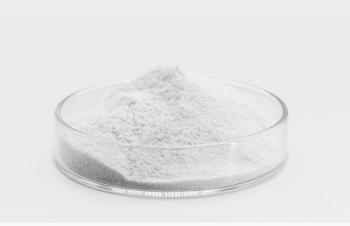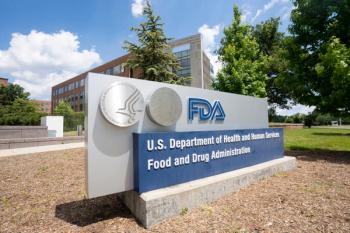
Philippines Pharmaceutical Market Value to Reach $8 Billion by 2020
The Philippines pharmaceutical market value is expected to increase from approximately $4.3 billion in 2013 to $8 billion by 2020.
The Philippines pharmaceutical market value will increase from $4.3 billion in 2013 to $8 billion by 2020, at a compound annual growth rate of 9.4%, according to research from
“Although an increasing disease burden, coupled with prevailing high pharmaceutical prices, are providing the necessary investment incentives for the healthcare market in the Philippines, limited access to healthcare facilities and governmental cuts could yet impede further growth in the future,” said Joshua Owide, GlobalData’s director of healthcare industry dynamics.
Furthermore, public health insurance provider Philippine Health Insurance Corporation does not cover the country’s entire population, resulting in the majority of people being unable to afford medicines. Additionally, high spending to overcome basic economic concerns, such as poverty, dependence on imports and high external debt, have left the Philippines government with insufficient funds to finance the development of healthcare infrastructure, according to GlobalData.
Source:
Newsletter
Get the essential updates shaping the future of pharma manufacturing and compliance—subscribe today to Pharmaceutical Technology and never miss a breakthrough.




